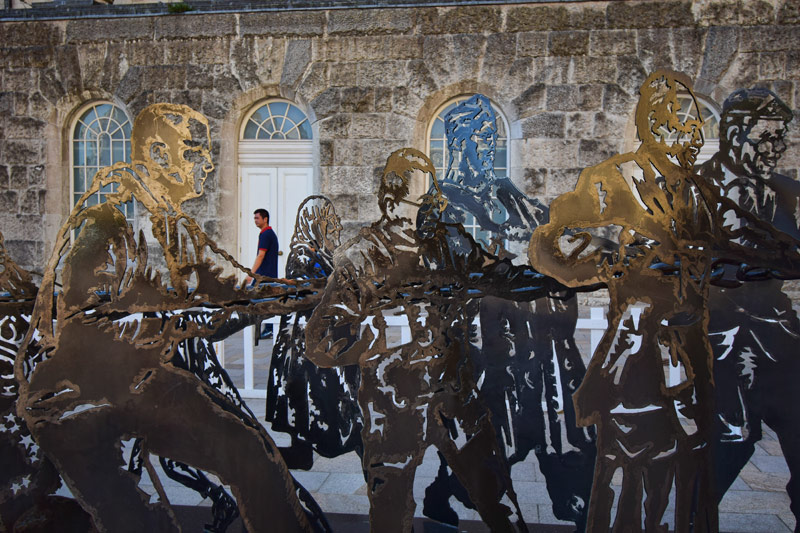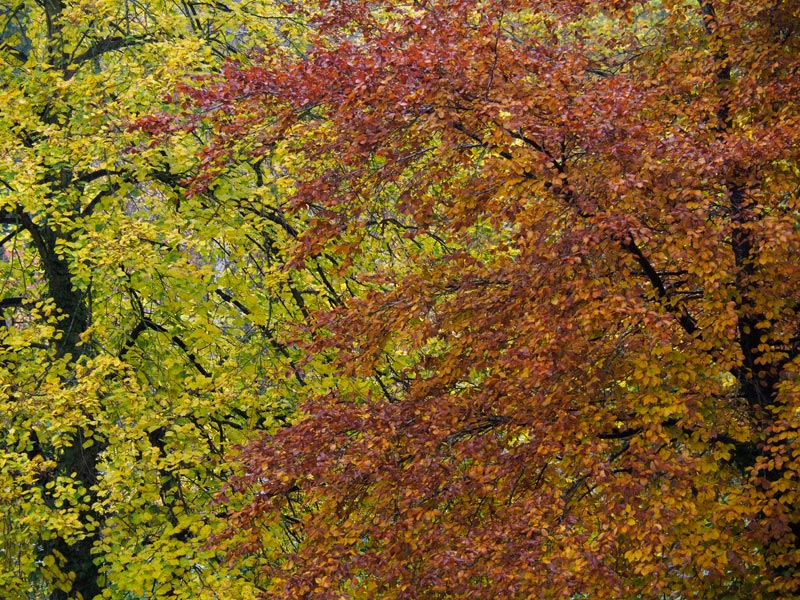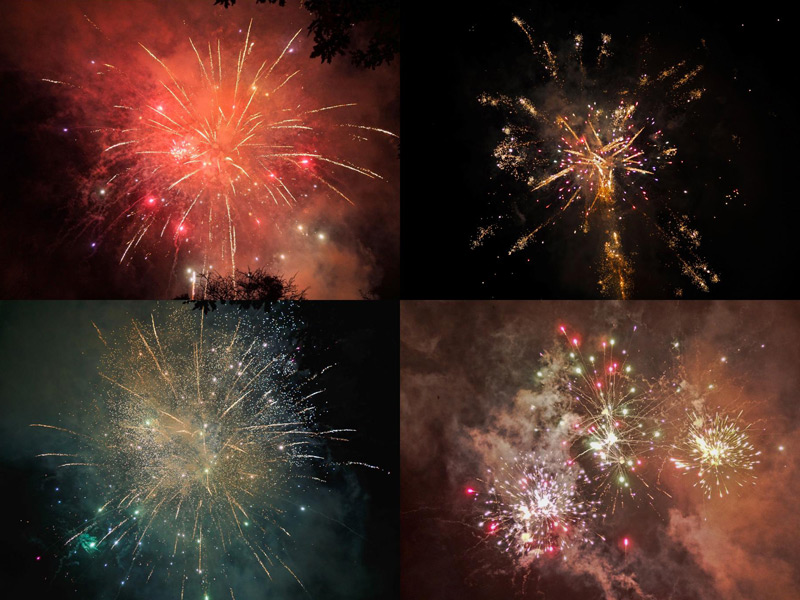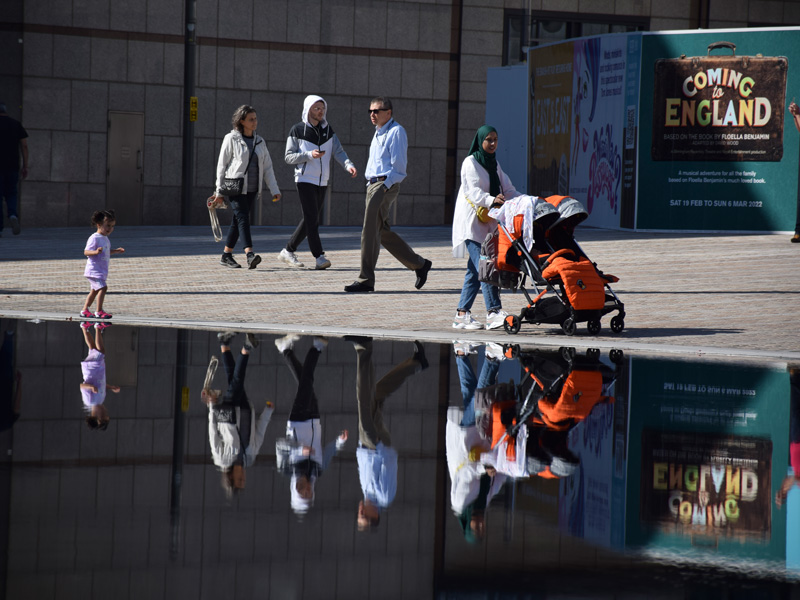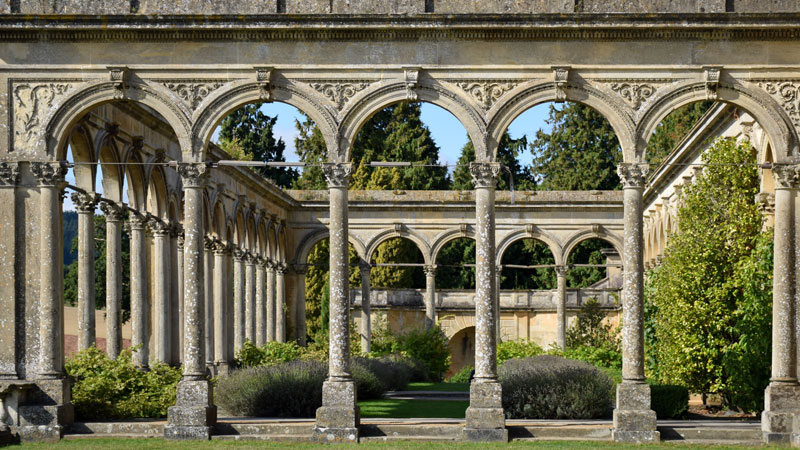In the early twentieth century the story of the Holy Grail became a subject for church stained glass. It usually features the Mallory telling of the tale in which Sir Galahad is the finder. This example can be seen in St Giles, Goodrich, Herefordshire. It is a commemmorative window made in 1928 by the stained glass artist Archibald John Davies (1877-1953). Davies studied at the Birmingham Municipal Central School of Art, set up his studio in Moseley c.1900 and moved to the premises of the Bromsgrove Guild in 1906. Here his work shows the influence of the Arts and Crafts movement. The glass in the panels at the top of this window (out of shot) show nearby Goodrich Castle and the River Wye.
photo © T. Boughen Camera: Nikon D5300









